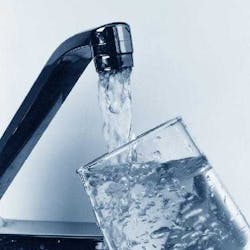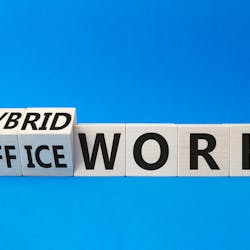Tap water is one of the fastest growing beverages ordered at U.S. restaurants whereas revenue-generating beverages have been declining over the past five years, according to foodservice market research conducted by The NPD Group. Tap water servings currently represent 8 percent of the 50 billion beverage servings ordered at restaurants, according to NPD’s CREST® service, which continually tracks consumer use of restaurants.
Over the past five years, while restaurant traffic is down 1 percent, there has been a 6 percent drop in total beverage servings excluding tap water at restaurants, a decline of 2.7 billion servings, according to a recently release NPD report, Beverages at Foodservice: Satisfying Our Thirst for Beverages. Tap water servings have increased by 2.8 billion servings since 2006. The report, which includes a custom survey of 5500 adults, 18 years and older, finds that the decline in beverage orders at restaurants is driven by the largest categories — carbonated soft drinks and brewed coffee— which represent 49 percent of all beverage servings. Although iced tea, a long-established beverage, is growing, other growth categories tend to be newer drinks like smoothies, iced/frozen/slushy drinks, and specialty coffee drinks.
“Although the economy and high unemployment are factors in tap water’s upswing and beverage servings declines, some beverages, like carbonated soft drinks were declining prior to the recession,” said Bonnie Riggs, NPD restaurant industry analyst and author of the report in a prepared statement. “A key learning from this report is that much of the declines in beverage servings are tied to the price/value relationship the consumer perceives.”
According to the report, free refills were among a variety of reasons consumers gave for ordering tap water instead of other beverages. One of the many reasons consumers gave for not ordering carbonated soft drinks and other non-growth beverages was the cost of these drinks.
“Some declining beverages will fare better as the economy recovers, but beverage providers will need to address consumers’ concerns and poor value perceptions to stem further losses,” says Riggs. “Not all beverages are on the decline. New flavors, addressing taste interests, preparing fresh/freshly made, and creating new versions of existing beverages are factors in the beverages that are growing.”





